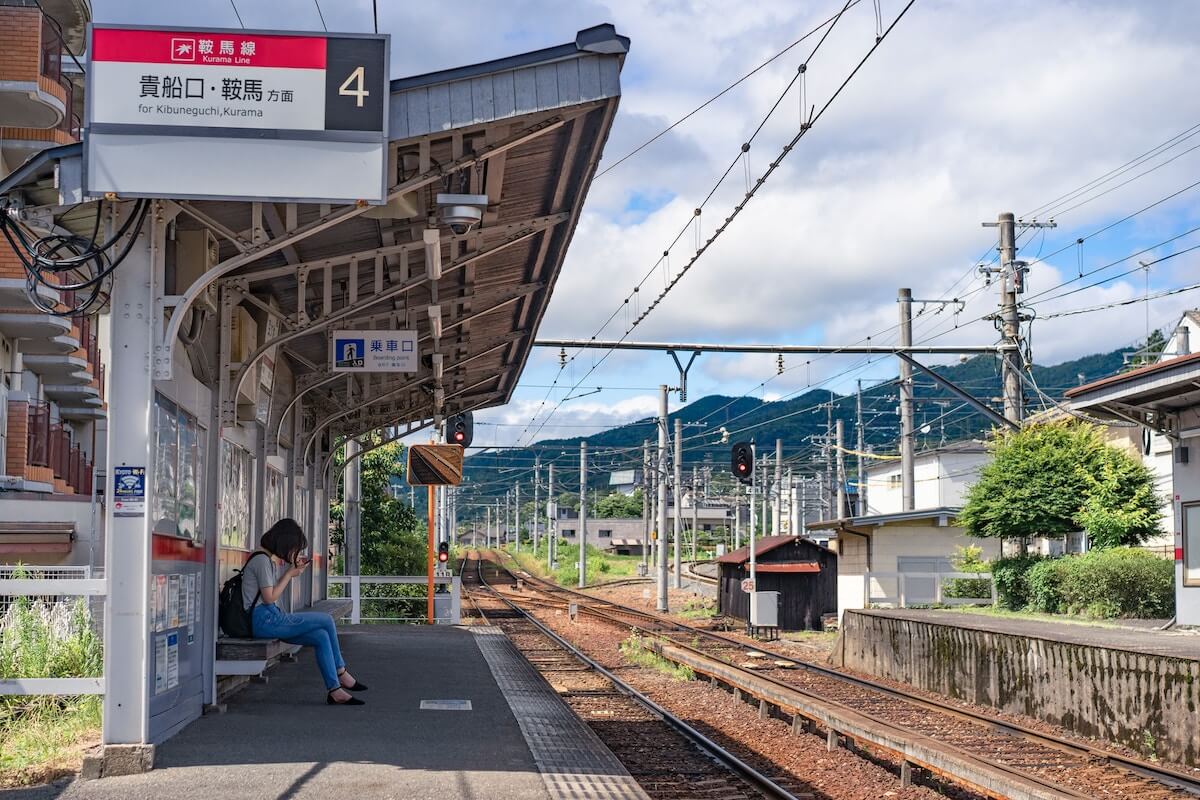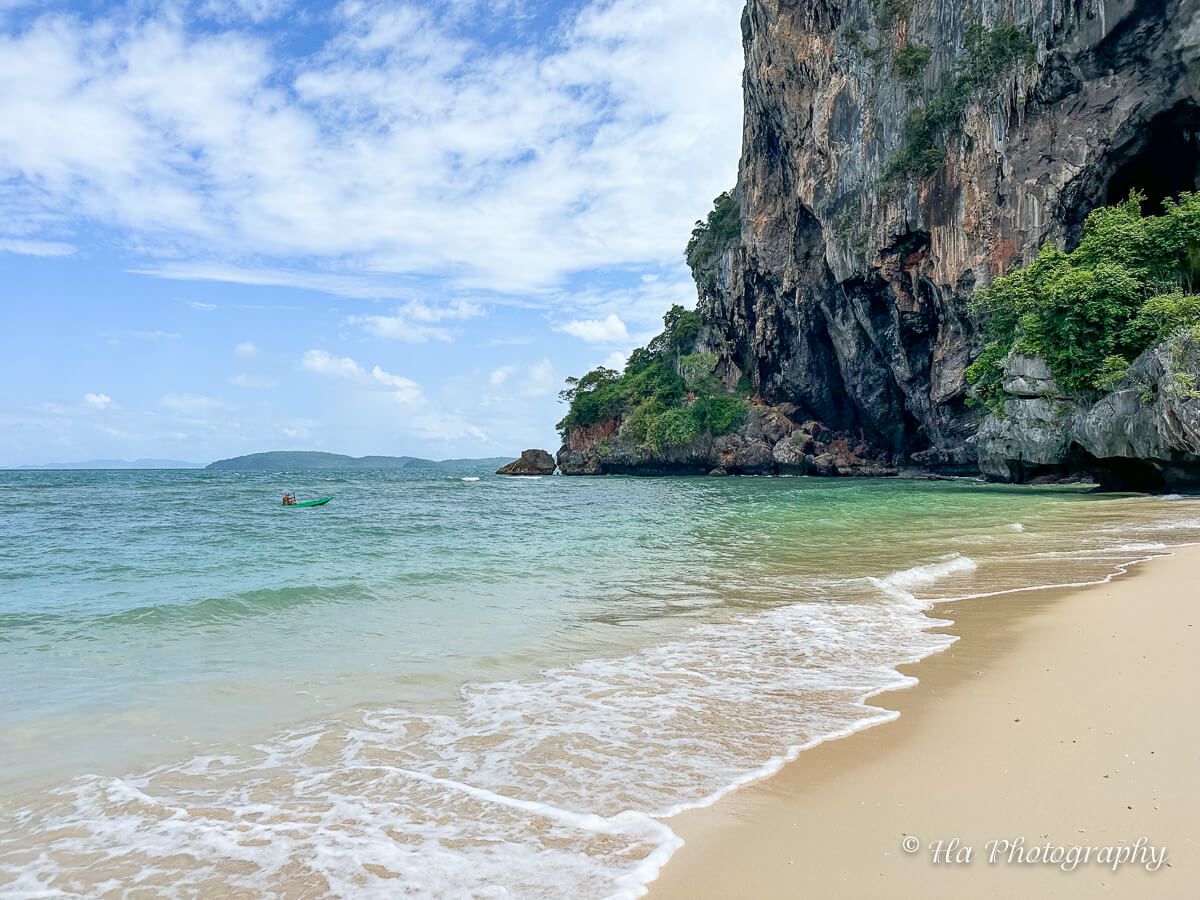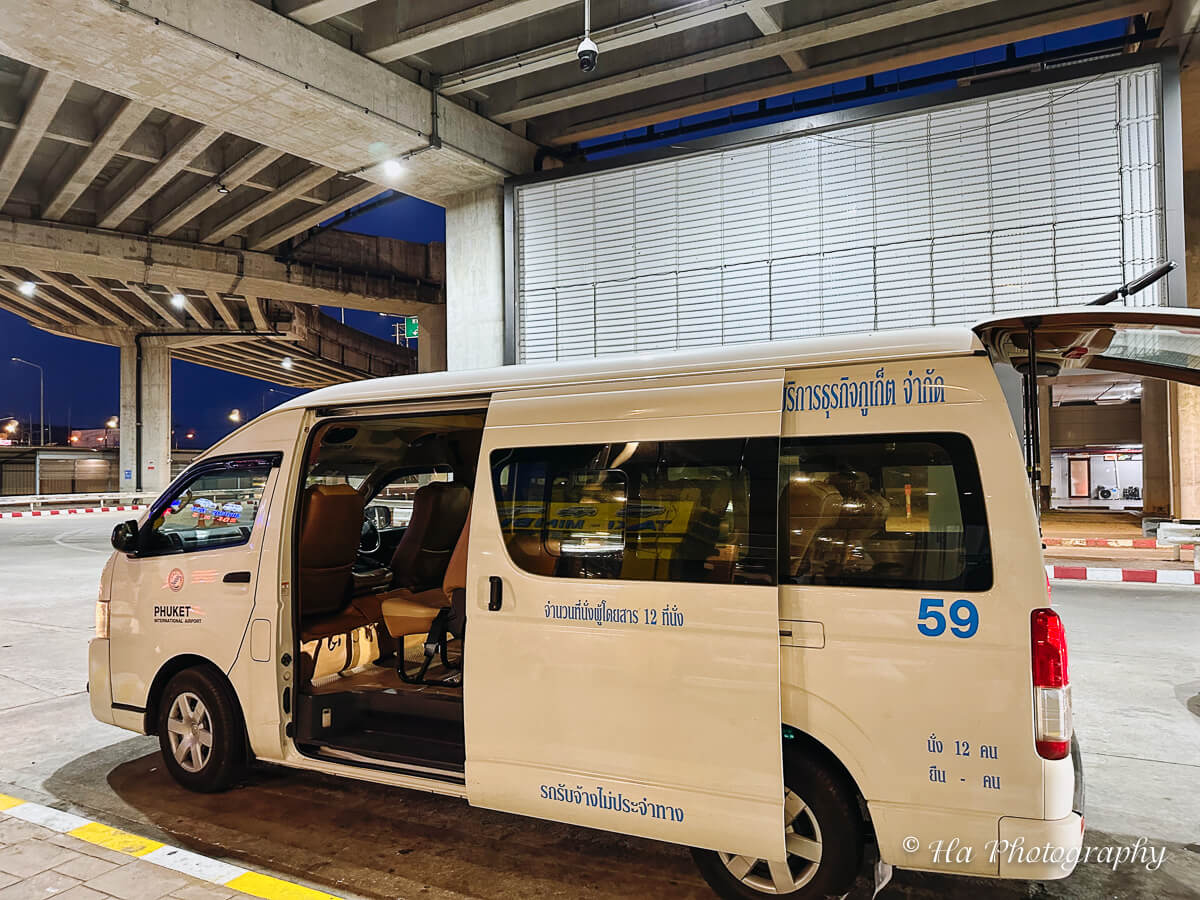Japan Rail Pass: Your Ultimate Guide
If you’re looking to explore Japan by train, there’s a secret key to unlocking its vast landscapes on a budget: Japan Rail Pass. This pass is a game-changer. Here’s all you need to know about JR Pass.
What is the Japan Rail Pass?
The Japan Rail Pass (JR Pass) is a rail ticket exclusively available to foreign tourists.
It grants you unlimited rides on almost all JR trains, including Shinkansen (bullet trains), for a consecutive number of days.
Apart from JR trains, the pass can be used on JR buses and even the JR ferry to Miyajima Island near Hiroshima – a gem of a place that I always recommend.

Note: JR Pass is not available for residents or those on long-term visas.
Tips: If you don’t travel by train extensively, consider getting Shinkansen tickets.
How to Get JR Pass:
- Get your Pass: Before arriving in Japan, you can order it online.
- Exchange in Japan: Once you’re in Japan, head to a JR Pass exchange office located in many major train stations to get your actual pass.
Duration Options:
The JR Pass is valid for consecutive days (7, 14, or 21 days).
The clock starts ticking from the first use, not from the day of exchange. I recommend activating it on a day when you’re starting a longer journey.

Is JR Pass Worth It?
I’ve found that having a rough itinerary helps in deciding whether the JR Pass is cost-effective for you.
If you’re hopping between cities, especially on the Shinkansen (bullet train), it can save you a bundle.
For instance, a round trip from Tokyo to Kyoto alone can cost about the same as a 7-day JR Pass. Planning to explore more? The savings just keep adding up.
But for a more localized trip, say just around Tokyo, it might not be worth it.
If your travel is confined to a specific part of Japan, like Hokkaido or Kyushu, regional JR passes are available. They’re often cheaper and might be a better fit for your itinerary.

Insider Tips:
- Maximize Your Days: The pass counts consecutive days. Start early on Day 1 to make the most of it!
- Reserve Those Seats: Especially during Japan’s cherry blossom season, reservations can be a lifesaver. And with your JR Pass, it’s free.
- Non-JR Lines: The JR Pass is a powerhouse, but it doesn’t cover non-JR metros and buses. Keep some yen handy for those.
Notable Exclusions: A few select Shinkansen trains aren’t covered by the JR Pass, like the Nozomi and Mizuho. But there are always alternative trains available that are just as efficient.

Final thoughts
The JR Pass can truly transform your Japan travel experience. If you’re planning on city-hopping or exploring the length and breadth of the country, it’s an investment you won’t regret. Safe travels, and enjoy Japan to its fullest!





